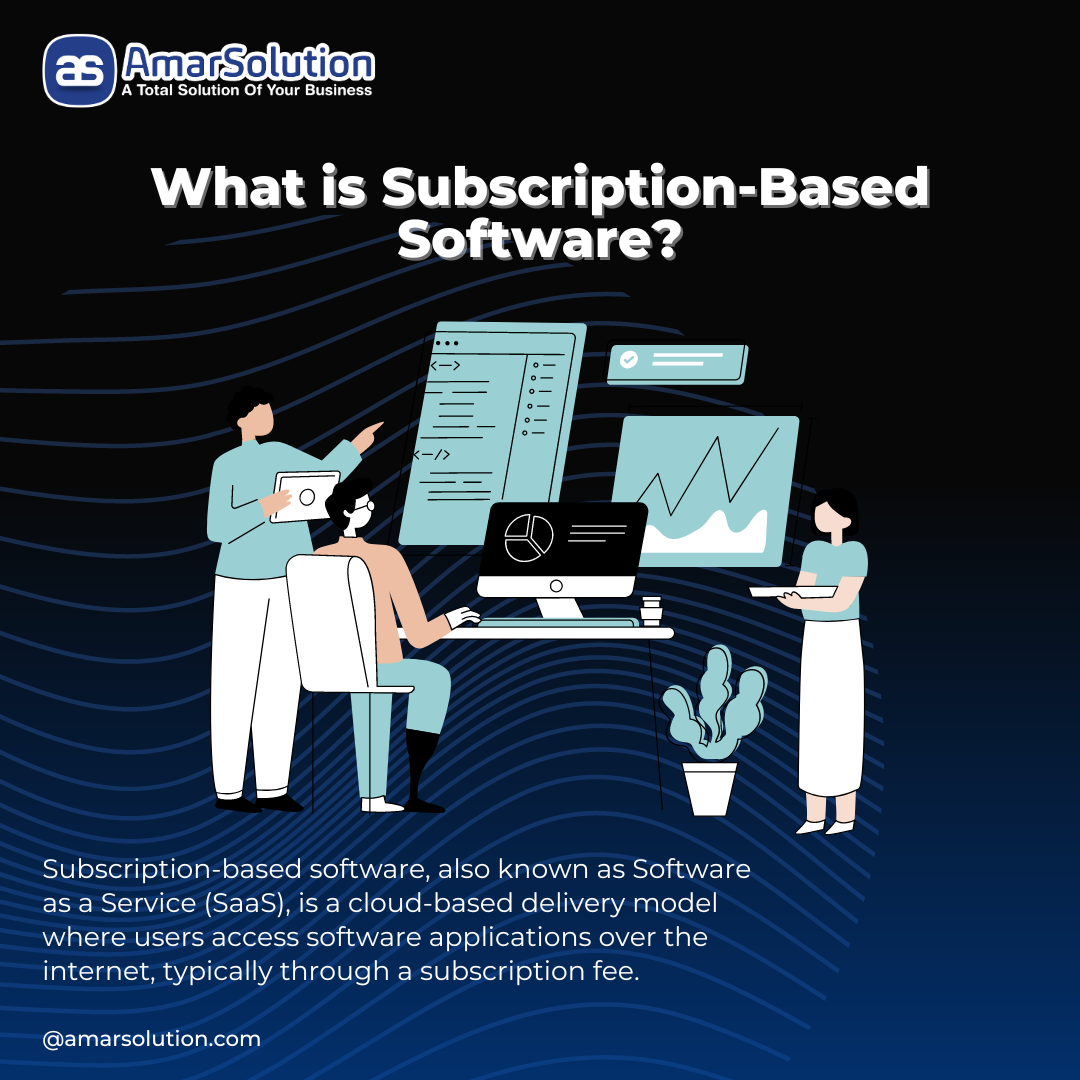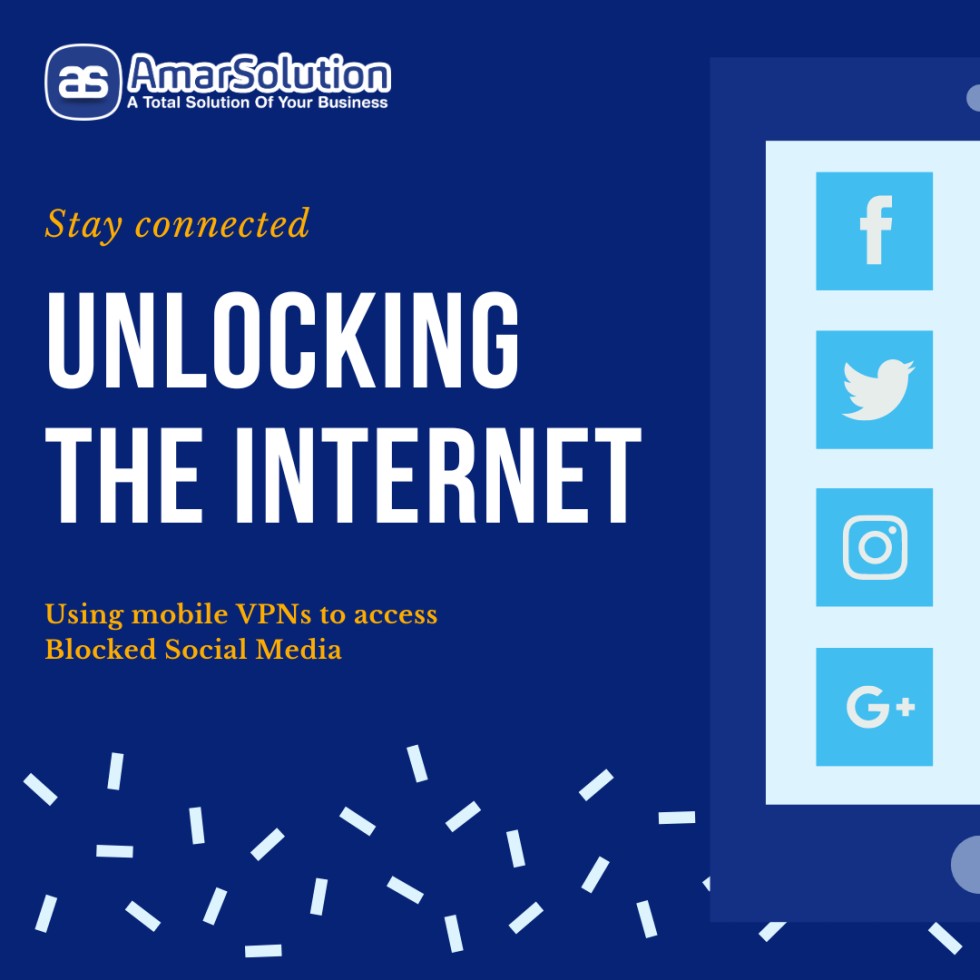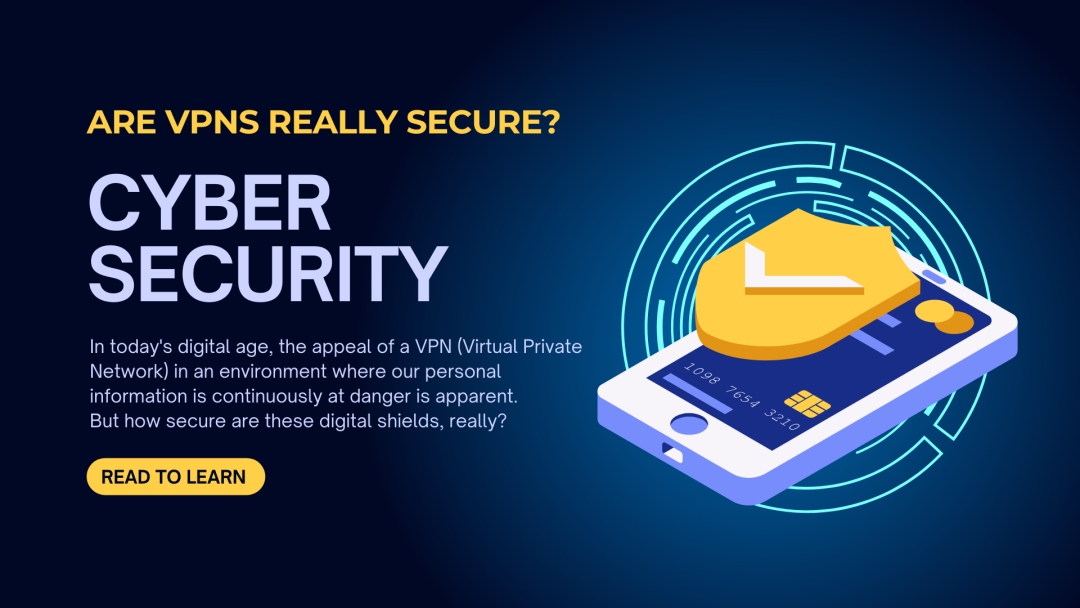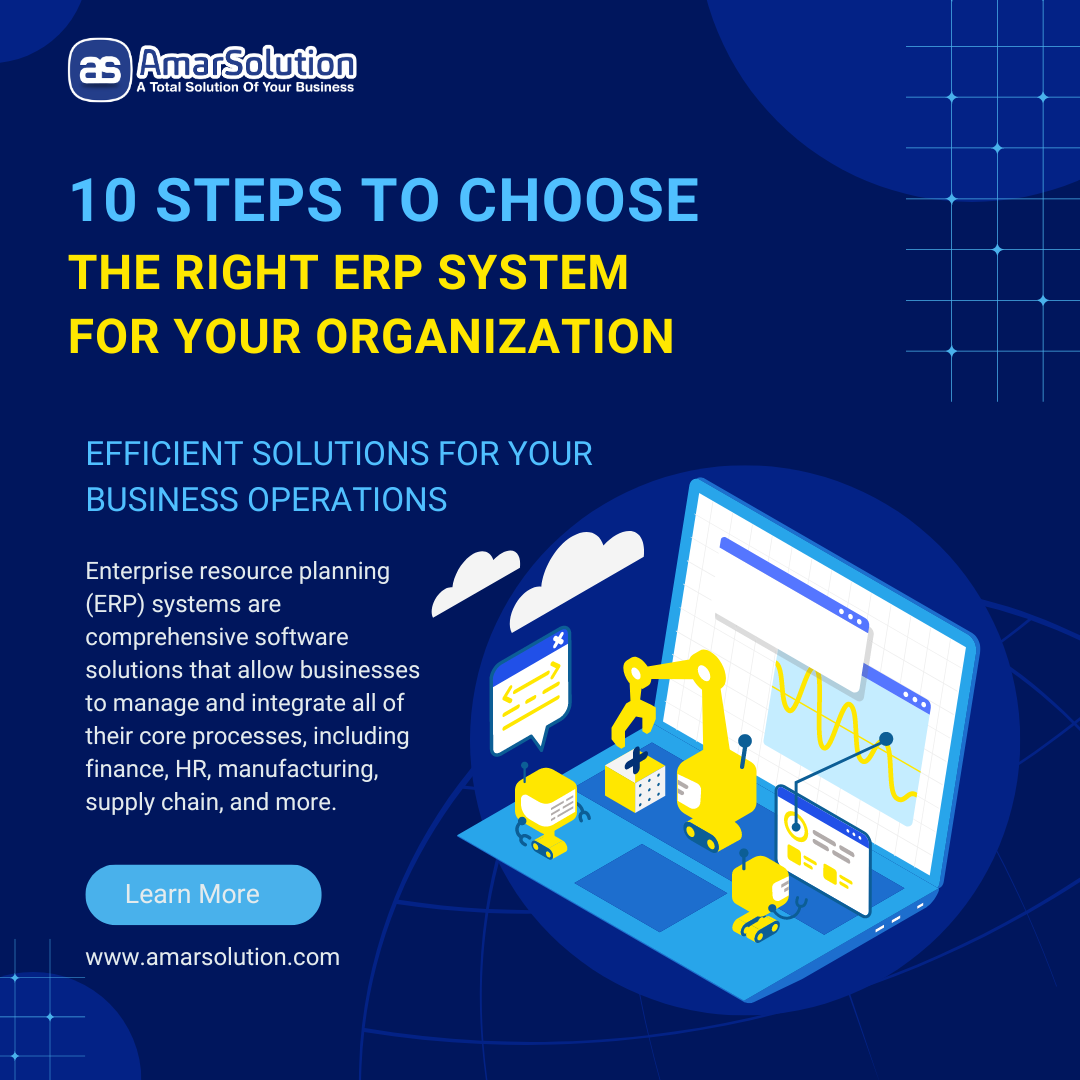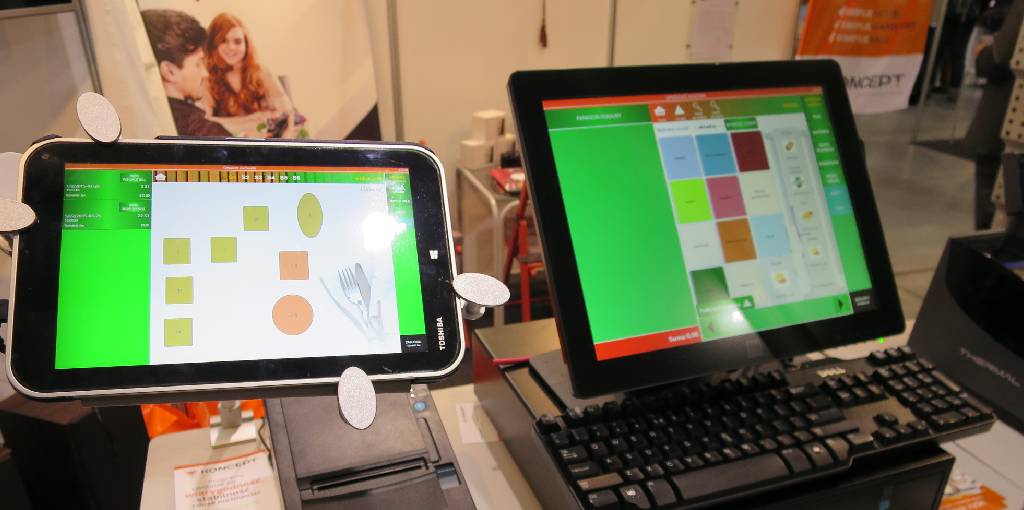Subscription vs Lifetime Purchase: Which is Better
When it comes to selecting Point of Sale (POS) software for your business, one of the most critical decisions is whether to opt for a subscription-based or a lifetime purchase model. Both options have their pros and cons, and the best choice for you will depend on your specific needs and budget. To ensure you make the best decision for your business, we will discuss the top 5 factors in this blog post and help you decide between a lifetime purchase and a subscription-based point of sale software.
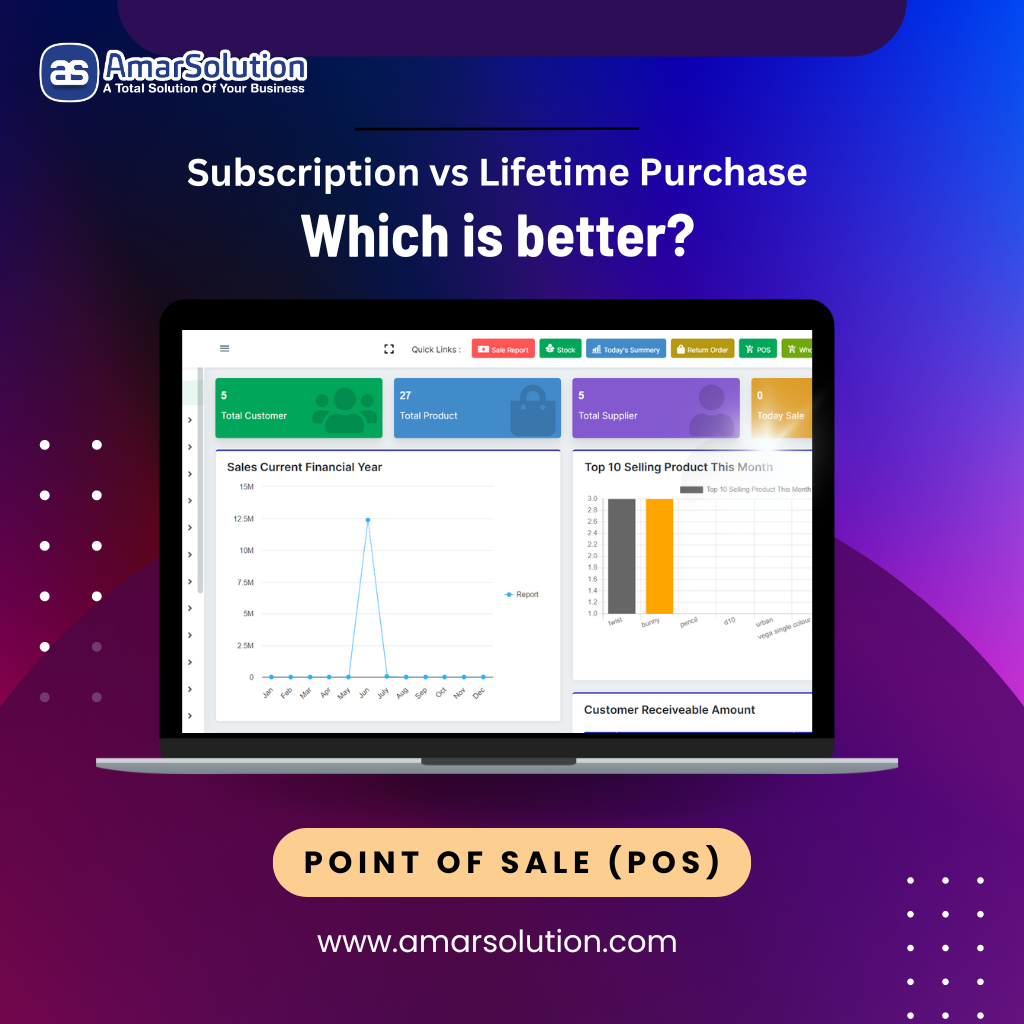
1. Upfront Cost vs. Ongoing Expenses
• Subscription Model: A POS system that is subscription-based usually comes with a cheaper initial cost. Paying a recurring fee on a monthly or annual basis helps cash flow management, particularly for startups and small businesses. This also saves you from having to make a sizable upfront payment.
• Lifetime Purchase: A lifetime purchase requires a one-time payment, which can add up to a sizable upfront cost. Even though this could seem expensive, if you intend to use the program for several years without frequently needing updates or additional services, it might end up being more cost-effective in the long term.
Key takeaway: If you have limited capital and prefer smaller, ongoing payments, a subscription model may be more suitable. However, if you have the budget for a large one-time investment, the lifetime purchase could save money over time.
2. Access to Software Updates and Support
• Subscription Model: The fact that a subscription-based point-of-sale system usually includes ongoing updates and enhancements is one of its biggest benefits. By doing this, you can be sure that your program is always up to date with the newest features, security updates, and market trends. Furthermore, continuous customer service is frequently provided.
• Lifetime Purchase: You might be able to use the software's existing features with a lifetime purchase, but you'll probably have to pay extra for upgrades, significant updates, and extended support. In the future, if your company needs to keep up with new features or developments in technology, this can mean more costs.
Key takeaway: Subscription models offer more flexibility with continuous updates and support, while lifetime purchases may involve additional costs for updates in the future.
3. Scalability and Flexibility
• Subscription Model: Businesses often grow or shrink, especially in response to changes in the marketplace. Systems for point-of-sale subscriptions are usually more adaptable and scalable. As your company grows, you can simply add or remove features, users, and locations. You can adjust without committing to long-term infrastructure with this pay-as-you-go concept.
• Lifetime Purchase: A more permanent option is a lifetime purchase. After purchasing the software, however, scalability could become more difficult. Upgrading to a new system can be costly and complicated if your company exceeds the features or capacity of the program.
Key takeaway: If your business is likely to grow or change, the scalability of subscription models offers better flexibility. Lifetime purchases work well for stable businesses with fewer future changes.
4. Ownership and Long-Term Costs
• Subscription Model: Subscriptions allow for a less upfront investment of money, but they build over time. The entire amount may be more than what a lifetime purchase would cost, depending on how long your subscription is for. You may end up spending more in subscription payments over a number of years than you would have for the one-time cost of lifetime software.
• Lifetime Purchase: You get lifelong access to the software when you make a one-time purchase. This could save you a lot of money in the long run, particularly if you don't need regular upgrades or new features. One of the main advantages for companies who want to utilize the same software for many years is the long-term cost savings.
Key takeaway: Subscription fees can accumulate over time, while a lifetime purchase is more cost-effective for long-term use.
5. Adaptability to Technological Changes
• Subscription Model: Like everything else in technology, point-of-sale (POS) systems are always changing. One benefit of a subscription model is that it allows you to keep up with technology changes. The software automatically adapts to new features, industry changes, and integrations without needing to be completely redesigned.
• Lifetime Purchase: A lifetime purchase can force you to use the current technology, and you might have to buy a whole new system in order to keep up with major improvements in the industry. While this is beneficial for companies who are at ease with their current configuration, it could hinder adaptability in rapidly evolving marketplaces.
Key takeaway: A subscription approach guarantees that your point-of-sale software changes along with the industry, which is vital if you want to stay on the forefront of technology.
Conclusion
The decision you make about your POS software subscription vs lifetime purchase ultimately comes down to your long-term goals, money, and business requirements. If you value adaptability to technology changes, regular upgrades, and flexibility, a subscription-based point of sale system might be your best bet. On the other hand, a lifetime purchase can eventually prove to be more beneficial if you value stability, long-term savings, and ownership.
At AmarSolution, we offer both subscription and lifetime purchase models for our POS software, giving you the freedom to choose the best option for your business. Whether you’re a startup looking for flexible pricing or an established business seeking long-term savings, we have the perfect solution for you.


